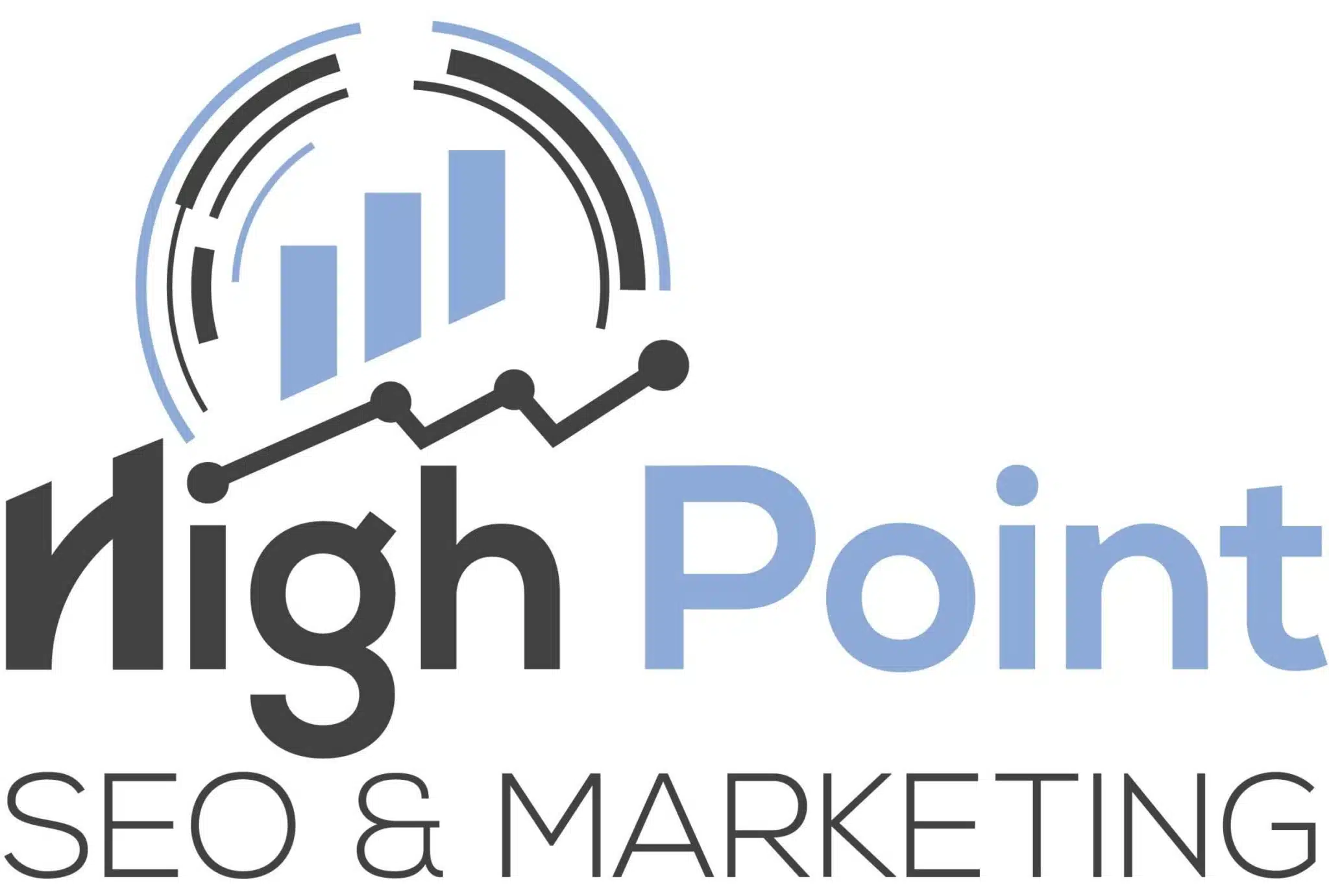How to Use Hashtags in Social Media Marketing

Hashtags are not only cool labels used on social networks, but they are effective instruments that can increase your following, enhance interaction, and create brand recognition. Being a small business owner, marketer, or influencer, a smart use of hashtags can make a huge impact on your online marketing.
In this guide, we will deconstruct the process of using hashtags in social media marketing, and we will provide the tips in the form of practical advice addressing the American audience.
What Are Hashtags?
A hashtag refers to a word or phrase that is prefixed with the character. It assists in classifying the content and makes it findable by users of a certain topic.
Such things as:
- #TravelTips
- #MondayMotivation
- #SmallBusiness.
Once you post with a hashtag, your post is included in a bigger discussion on the same subject.
Why Are Hashtags Important in Social Media Marketing?
Hashtags help:
Increase visibility: Hashtag posts can be seen by people who are not your followers.
Boost engagement: Hashtags may result in increase in likes, comments and shares.
Target your audience: Niche hashtags may assist you in reaching people who are interested in your content.
Track campaigns: Specific hashtags will provide insight into the user-created content and the popularity of the campaign.
Join trending conversations: Hashtags make you a participant in the real-time event or trend.
Platform-Specific Hashtag Strategies
Hashtags do not receive equal treatment on all social media platforms.
Here’s a quick breakdown:
Best use: Discovery and engagement.
Ideal number of hashtags: 5-10 relative hashtags per post.
Tips:
- Mix trendy and specialized hashtags.
- It is better not to use all of the 30 hashtags available, as it makes spamming.
- Hashtags can be added to the first comment or caption to make it look cleaner.
X (formerly Twitter)
Best use: Trending topics and real-time updates.
Ideal number of hashtags: 1-2 hashtags per tweet.
Tips:
- Use trending hashtags where applicable to your brand.
- Keep it concise: X has a character limit.
- Hashtags can be used to participate in trending topics (e.g. Black Friday or Super Bowl).
TikTok
Best use: Virality and discoverability.
Ideal number of hashtags: 3-5 number of hashtags per video.
Tips:
- Make use of trending hashtags with niche ones.
- Post with haste to use #fyp or #ForYou on Instagram, they are saturated and do not promise exposure.
- Search by hashtags, research using content within your niche.
Best use: Professional content and thought leadership.
Ideal number of hashtags: 2-5 hashtags.
Tips:
- Create industry-specific hashtags.
- Do not use too informal or insignificant labels.
- Be professional, you should use hashtags in the end of the post.
Best use: Group posts and niche topics.
Ideal number of hashtags: 1-3 hashtags.
Tips:
- Users of Facebook will be less inclined to search using hashtags.
- Only apply to a limited extent and when it contributes to discoverability within groups or local communities.
How to Find the Right Hashtags
Research Competitors
Consider what hashtags other similar brands or influencers are using. And those hashtags might be effective with you as well in case they are getting good engagement.
Use Hashtag Tools
Try tools like:
RiteTag: Provides hashtag suggestions in real-time.
Hashtagify: Hashtag analyzer.
Instagram Search: Displays the amount of posts that utilize a particular hashtag.
Create Branded Hashtags
Create a hashtag of your own business or campaign.
Examples:
- #ShareACoke (Coca-Cola)
- #ShotoniPhone (Apple)
- #JustDoIt (Nike)
Use your own branded hashtag to get people to use it and create community and user-generated content.
Follow Trends
Monitor trending hashtags on such platforms as X or Tik Tok. However, be sure that the trend is appropriate to your brand then proceed.
Tips for Using Hashtags Effectively
Be Specific
Rather than a general tag such as #fitness, use some specific ones such as HIITworkout or FitnessForMoms. The targeted audience is drawn by specific hashtags.
Use a Mix of Hashtags
Emerging hashtags: Greater popularity but high competition.
Niche hashtags: Reduced rivalry and increased participation.
Branded hashtags: For company campaigns or identity
Don’t Overuse
More hashtags don’t always mean better results. Focus on quality, not quantity.
Avoid Banned or Spammy Hashtags
There are also hashtags that are marked by sites and that can damage your existence. Always make sure a hashtag is not prohibited or spammy.
Track Your Hashtag Performance
Track what hashtags are creating the greatest amount of engagement with:
- Platform analytics (such as Instagram Insights)
- Third-party-tools (e.g., Sprout Social, Later, Hootsuite, etc.)
- Evaluate your strategy as time progresses using the data.
Examples of Hashtag Use by Industry
Health & Wellness
- #HealthyLiving
- #MindfulnessMatters
- #FitnessForLife
Retail & E-Commerce
- #ShopLocal
- #FallFashion2025
- #DealOfTheDay
Creative & Arts
- #ArtistOnInstagram
- #DailySketch
- #DesignInspo
Education & Coaching
- #LearnEveryday
- #EdTech
- #StudentSuccess
Real Estate
- #DreamHome
- #HouseHunting
- #RealEstateTips
Common Hashtag Mistakes to Avoid
Using irrelevant hashtags: Do not use a hashtag like #Travel because you want your bakery to feature on the top of the trending hashtags list.
Using only the most popular tags: Your content will be drowned in the ocean.
Ignoring your analytics: Learn by using data to understand what works and what does not.
Using hashtags without context: Be sure you use hashtags that are relevant to the content of your post.
Spamming hashtags: This may scare off the fans and damage your reputation.

 Bill Yeager, Co-Owner of High Point SEO & Marketing in CT
Bill Yeager, Co-Owner of High Point SEO & Marketing in CT